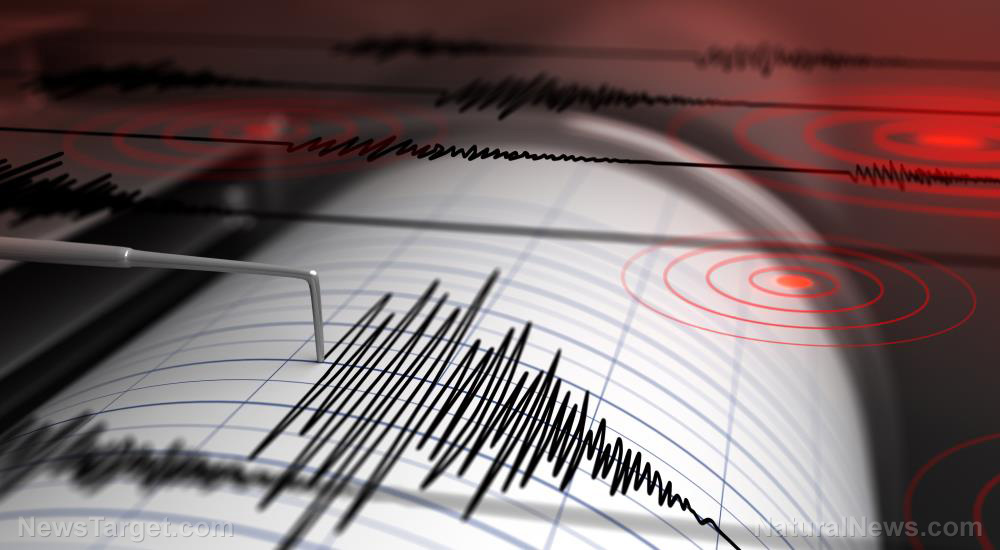
- The Tintina fault in Canada’s Yukon, dormant for 12,000 years, may soon unleash a magnitude 7.5 earthquake due to accumulated strain.
- New research reveals the fault has moved significantly over millions of years, suggesting it remains active despite minimal recent activity.
- Satellite and lidar data uncovered prehistoric quake evidence, indicating the fault could rupture after accumulating 20 feet of strain—now within the danger zone.
- A major quake could devastate sparse communities like Dawson City and critical infrastructure, but casualties would be lower than in densely populated areas.
- The findings challenge assumptions about northern Canada’s seismic stability, urging reevaluation of hazards and better preparedness for unexpected disasters.
A fault reawakening
The Tintina fault is no stranger to violent movement. Forty million years ago, during the Eocene epoch, one side of the fault slid an astonishing 267 miles against the other at a rate of half an inch per year. Today, its activity appears minimal, with only occasional tremors of magnitude 3 to 4. But appearances can be deceiving. Using high-resolution satellite data and lidar imaging (a laser-based technology that penetrates dense vegetation), researchers uncovered evidence of prehistoric earthquakes along the fault, including scarps where the ground abruptly shifted upward. "Major ancient faults like that can remain as weak zones in the Earth's crust and then focus ongoing tectonic strain," said Theron Finley, a geoscientist who led the study while at the University of Victoria. The findings, published in Geophysical Research Letters, reveal that over the past 2.6 million years, the fault’s sides have moved roughly 3,300 feet relative to each other. In the last 136,000 years alone, the displacement totaled 250 feet. This is enough to suggest the fault is still active, just biding its time.Strain building toward a breaking point
The most alarming discovery? The Tintina fault hasn’t ruptured in at least 12,000 years, yet it has accumulated approximately 20 feet of unreleased strain. According to Finley, the fault typically ruptures after accumulating between 3 and 33 feet of strain, meaning it’s now within the danger zone. "It could still be many thousands of years before it reaches the threshold where it ruptures, but we don’t know that," Finley cautioned. The implications are significant. A magnitude 7.5 earthquake, which is comparable to Haiti’s catastrophic 2010 quake, could strike the Yukon, albeit with far fewer casualties given the region’s sparse population. Dawson City, home to 1,600 people, sits closest to the fault, along with critical mining infrastructure and highways vulnerable to landslides. "It ups the seismic hazard for this neck of the woods a little bit," said Peter Haeussler, a geologist emeritus at the U.S. Geological Survey.Reassessing risk in the north
The study challenges long-held assumptions about seismic activity in northern Canada. While the Yukon isn’t as densely populated as earthquake-prone regions like California, the Tintina fault’s connection to other major fault systems, including the Rocky Mountain Trench, demands a reevaluation of regional hazards. "Our results have significant implications for seismic hazard in the Yukon Territory and neighboring Alaska," the researchers wrote. To refine predictions, scientists must conduct trench excavations along the fault to analyze rock layers for evidence of past quakes. "Right now, we just know that many have occurred, but we don’t have a sense of how frequently," Finley noted. Without this data, estimating the next rupture remains guesswork. For now, the Tintina fault serves as a sobering reminder that geological threats can emerge where they are least expected. While the Yukon’s remoteness mitigates some risks, the potential for infrastructure damage, landslides, and disrupted supply chains underscores the need for preparedness. As Finley’s team warns, the fault’s prolonged silence may be the calm before the storm—a ticking seismic clock hidden beneath Canada’s wilderness. Sources for this article include: LiveScience.com AGUPubs.OnlineLibrary.Wiley.com ScienceAlert.comAI diet advice lands man in hospital with rare poisoning syndrome
By Ava Grace // Share
Nature’s toolkit: Essential oils for your survival and emergency preparedness
By HRS Editors // Share
Fatal “laughing gas” poisonings skyrocket as recreational use spreads among youth
By Willow Tohi // Share
USDA, EPA greenlight RNA food tech amid calls for transparency
By Willow Tohi // Share
Crossing the line: Navigating the national security crisis at the English Channel
By Belle Carter // Share
Minnesota childcare fraud case and developments in the global silver market
By finnheartley // Share
Red light therapy & natural protocols challenge big pharma’s profit-driven model
By finnheartley // Share
The sweet deception: How "healthy" buzzwords hide a sugar epidemic in plain sight
By avagrace // Share
Cocoa compound linked to slower biological aging, study suggests
By avagrace // Share










